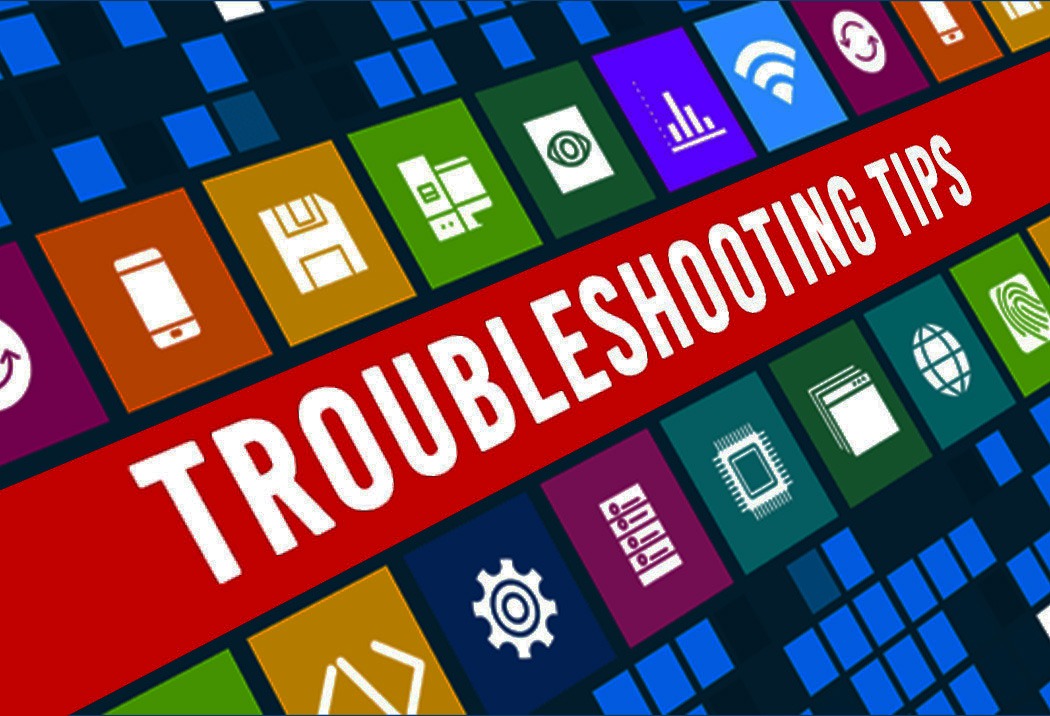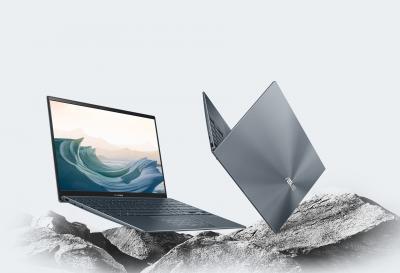Toll Free No. : 1660-01-12787
Handy Troubleshoots for Windows OS

In this blog, we embark on a journey through the labyrinth of Windows OS troubleshoots, armed with an arsenal of invaluable solutions. Here, we unveil the secrets to resolving the most vexing issues and unveil the lesser-known tips that can elevate your Windows experience from good to extraordinary. Whether you are a tech-savvy enthusiast or a casual user, this guide will equip you with the knowledge and confidence to tackle any Windows-related conundrum that comes your way.
So, buckle up and prepare to transform into a seasoned troubleshooter, unraveling the mysteries that lie beneath the surface of your Windows OS. Let's embark on this expedition together, as we explore the landscape of solutions, optimize performance, and unleash the true potential of your laptops/PC. Get ready to embrace the art of troubleshooting and discover the keys to mastering your Windows domain!
1. Fixing Startup Issues:
Is your Windows OS taking ages to boot up or getting stuck at the startup screen? One common culprit behind this inconvenience is a misbehaving startup application or a problematic driver. To resolve this, try booting into Safe Mode and disabling unnecessary startup programs or drivers. Additionally, running a system scan for malware and checking for disk errors using the built-in tools can help address startup woes effectively.
2. Resolving Blue Screen of Death (BSOD) Errors:
The dreaded Blue Screen of Death can strike fear into any Windows user's heart. BSOD errors often occur due to hardware or driver issues. Begin the troubleshooting process by noting down the error code displayed on the blue screen and researching its meaning. Updating drivers, especially for graphics and storage devices, can often resolve these issues. In case the problem persists, conducting memory and hard drive tests can further narrow down the cause.
3. Addressing Software Compatibility Problems:
After a major Windows update or software installation, some applications may act finicky or refuse to launch. Incompatibility issues can arise, but fortunately, Windows has a compatibility mode feature that allows you to run older applications as if they were on an earlier version of the OS. Right-click on the application's executable file, choose "Properties," and navigate to the "Compatibility" tab to enable compatibility mode.
4. Dealing with Slow Performance:
As time passes, your Windows OS might start feeling sluggish and unresponsive. The culprits behind slow performance could range from excessive startup programs to inadequate system resources. To revitalize your system's performance, consider disabling unnecessary startup programs, running disk cleanup and disk defragmentation tools, and upgrading hardware components like RAM or SSDs.
5. Fixing Wi-Fi Connectivity Issues:
Wi-Fi connection problems can hamper your productivity and online experience. To troubleshoot Wi-Fi issues, start by restarting your router and computer. Check for any driver updates for your Wi-Fi adapter and ensure that your router's firmware is up-to-date. You can also try running the built-in Network Troubleshooter or resetting the TCP/IP stack to resolve connectivity problems.
6. Resolving Update and Activation Errors:
Windows OS updates are crucial for security and performance improvements, but sometimes they can trigger update errors or activation issues. To tackle update errors, run the Windows Update Troubleshooter and clear the Windows Update cache. If you encounter activation problems, verify that you are using a genuine license and attempt to activate Windows using the automated phone system if online activation fails.
7. Fixing Windows File System Errors:
Disk errors can lead to data corruption and system instability. To address file system errors, use the built-in "Check Disk" utility (chkdsk) to scan and repair issues on your hard drive. Open a Command Prompt with administrative privileges and run the command "chkdsk /f" to initiate the process.
8. Solving Audio and Sound Issues:
No sound or distorted audio can ruin your multimedia experience. Start by checking your speaker or headphone connections, ensuring they are plugged in correctly. Then, verify that your audio drivers are updated. Windows also provides a Troubleshoot Audio tool that can automatically diagnose and fix common sound-related problems.
9. Handling Application Crashes:
Frequent application crashes can be frustrating, but they are often due to software conflicts or outdated applications. Update your applications to the latest versions and check for compatibility with your current Windows OS version. In extreme cases, reinstalling the problematic application may be necessary.
10. Addressing Unresponsive Windows Explorer:
If Windows Explorer becomes unresponsive or frequently crashes, it could be caused by faulty context menu extensions or corrupt system files. Disable non-essential context menu extensions and perform a System File Checker (SFC) scan by running "sfc /scannow" in Command Prompt as an administrator to repair damaged files.










